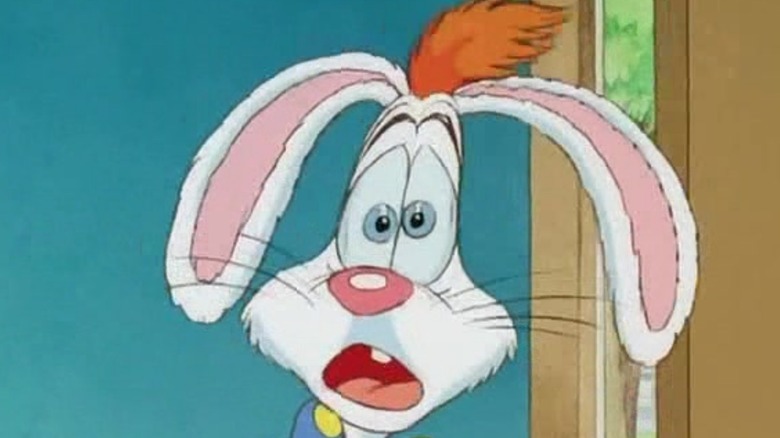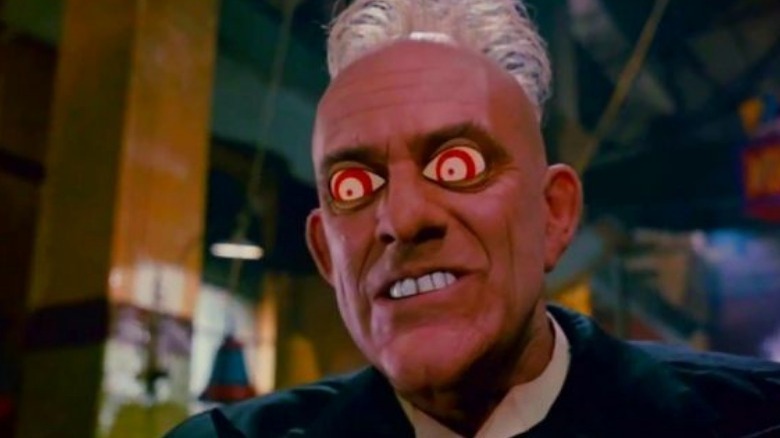Who Actually Framed Roger Rabbit?
"Who Framed Roger Rabbit?" is one of the all-time greatest achievements in movie technology. Before every movie was half-CGI, Robert Zemeckis and his crew were inventing a means of blending animation and live-action as they filmed.
The movie starts with the premise that all the cartoons we see are acted by toons — or animated creatures that live in the real world. Bob Hoskins stars as Eddie Valiant, a private investigator whose brother was killed by a toon. Eddie used to work closely with toons, an oppressed class in Los Angeles, but the murder of this brother soured this relationship. Eddie is hired by R.K. Maroon to investigate whether or not Jessica Rabbit, Roger's wife, is cheating on him with Marvin Acme. Acme owns Toontown, the neighborhood into which toons have been segregated.
During Valiant's investigation, both Maroon and Acme are murdered. Roger Rabbit is framed for Acme's murder, with the alleged motive that Jessica was playing patty-cake with Acme. Eddie suspects that Maroon framed Roger, but he turns out to only be a pawn in a greater villain's scheme.
Roger was framed in a plot to raze Toontown
Who framed Roger Rabbit? Judge Doom. Doom (Christopher Lloyd) is the superior court judge for Toontown, but he is far more than that. Doom runs Cloverleaf Industries, a company that wants to bulldoze Toontown as well as bankrupt the Red Car Trolley Line. Doom's ultimate goal is to build a freeway where Toontown currently stands, and destroy L.A.'s public transportation system so that cars are forced to use his new freeway. Acme had to go because he wanted to give Toontown's land to the toons.
The freeway scheme of "Roger Rabbit" is based on what really happened in Los Angeles, which, at that time, was deeply segregated via redlining and exclusionary white neighborhoods. When L.A. built its freeways, they gutted multiple neighborhoods occupied primarily by people of color. This was a stated goal of urban planners' design, according to UCLA professor Eric Avila."[T]hey look at these redlining maps and go, 'Hmm, where should we build freeways? What areas are in need of rehabilitation?'" he told Curbed. "When looking at redlining maps, they can easily identify a community like Boyle Heights, which was redlined, and say, 'Okay, here's a slum that needs to be cleared. Let's put a highway here."
Boyle Heights and Sugar Hill were destroyed for the freeway. L.A.'s original Chinatown was bulldozed for Union Station. Chavez Ravine was destroyed for Dodgers Stadium. And with that in mind, the main difference between real life and "Roger Rabbit" isn't the cartoons; it's the happy ending.

